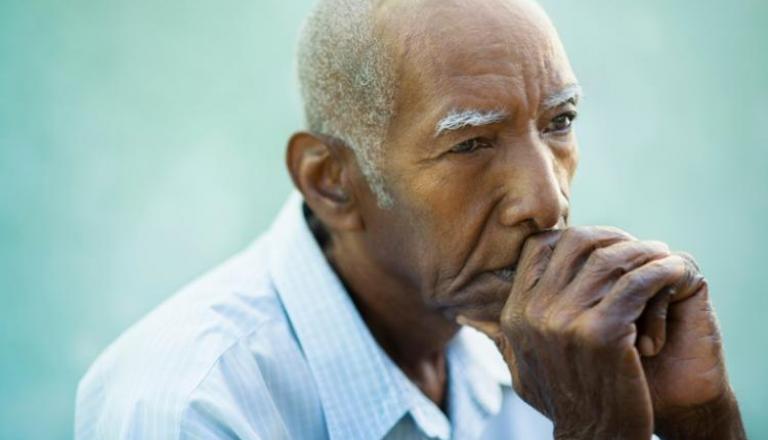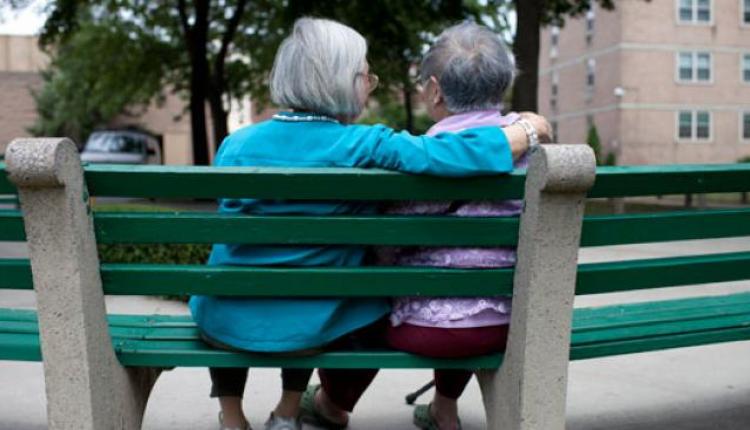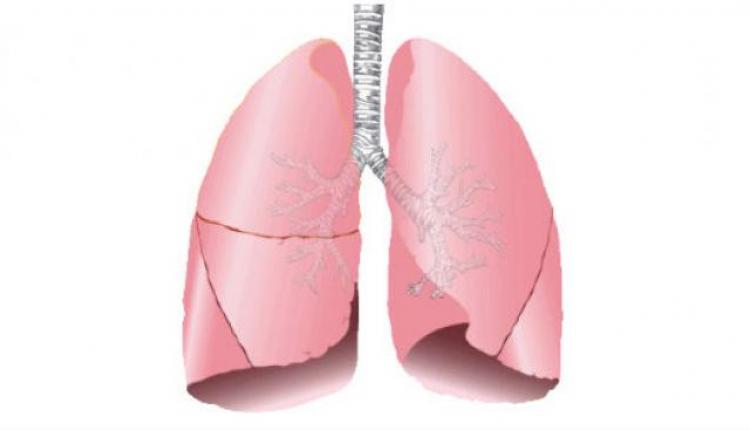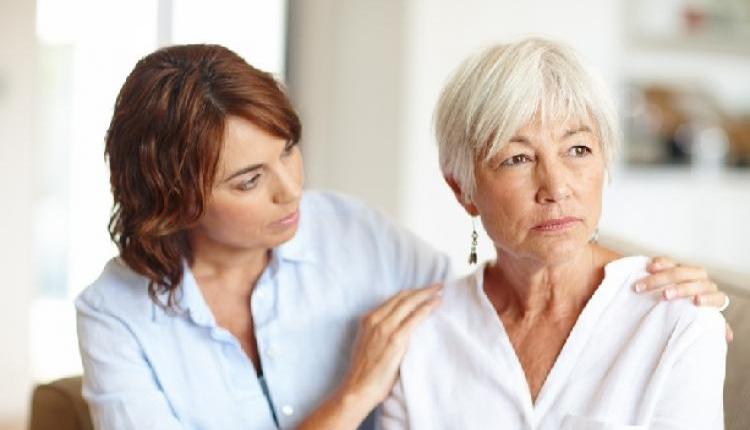Is Your Loved One Depressed?

Research shows that 10 to 20 percent of older patients seen by a primary care physician suffer from depression – and among the homebound, that figure may be as high as 46 percent. Even more worrisome: The elderly represent 13 percent of the population but 16 to 20 percent of the nation’s suicide rate, with the highest rates in males 80 years and older.
Yet despite these statistics, depression in the elderly is frequently ignored. Seniors themselves may ignore the symptoms, believing their suffering is a result of growing older. But depression is not a normal part of aging. Keep an eye out for these warning signs of depression:
- Persistent sadness or anxiety
- Sleeping too much or too little, awakening frequently
- Reduced or increased appetite and/or changes in weight
- Loss of interest or pleasure in activities
- Fatigue, loss of energy, irritability or restlessness
- Difficulty thinking or concentrating, remembering or making decisions
- Thoughts of death or suicide, including suicide attempts
- Feeling inappropriate guilt, hopelessness or worthlessness.
TALKING WITH YOUR LOVED ONE
If you see any of these warning signs in a loved one, don’t remain silent – but approach the subject in a way that won’t make them uncomfortable. Instead of asking your dad if he’s depressed, ask him how he’s feeling or what is bothering him. Give him an opportunity to speak, and listen to what he says. Depressed older adults often talk about the physical symptoms of depression first (“I’m not sleeping well,” or “I’m just not hungry.”). Reassure him that with a little help, he can enjoy life again. And talking about it is the first step. Keep in mind he may be holding back because he doesn’t want to create an additional burden for the person who is caring for him.
GET AN ASSESSMENT
Most importantly, talk to your loved one’s physician and request an assessment. There are many ways to treat depression in the elderly, from cognitive behavioral therapy to medications.


